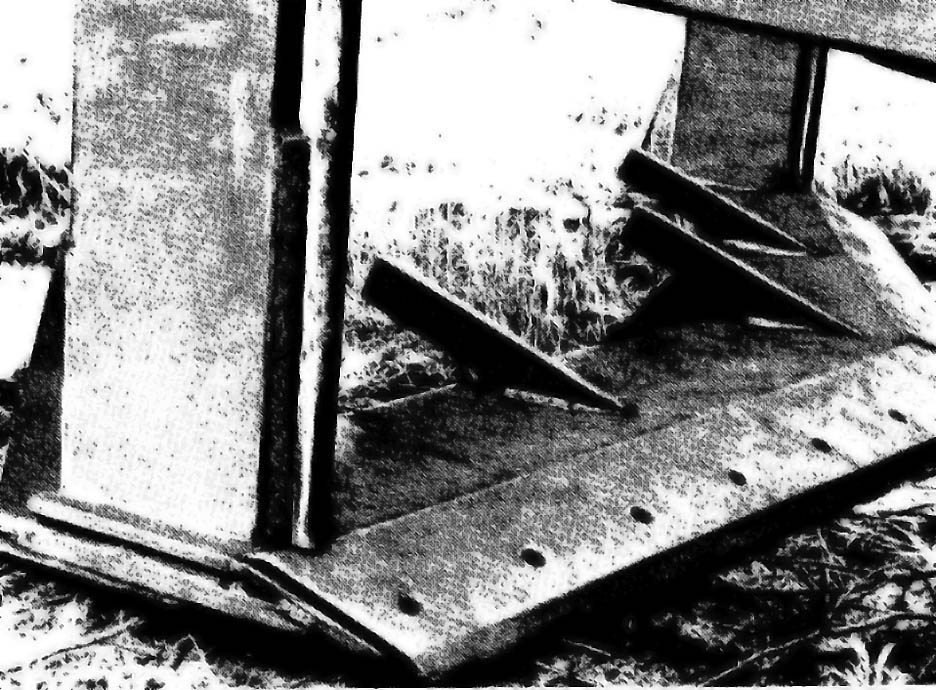Known challenges to Lophophora
Loss of habitat is the single biggest threat to Lophophora. Far outweighing all other threats combined in terms of having an adverse impact on the species numbers and distribution.
Images of South Texas below include many areas of known historical importance for Lophophora collection. The vast majority of the native brush has been cleared at some point in its known history according to USDA NRCS. Peyote is now gone from much of this region.
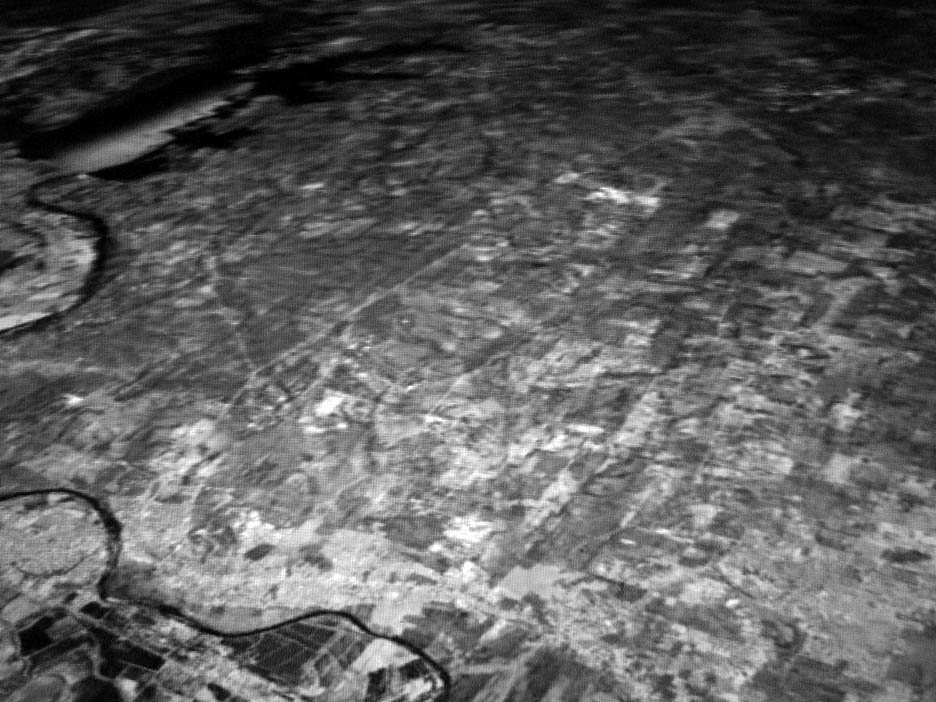
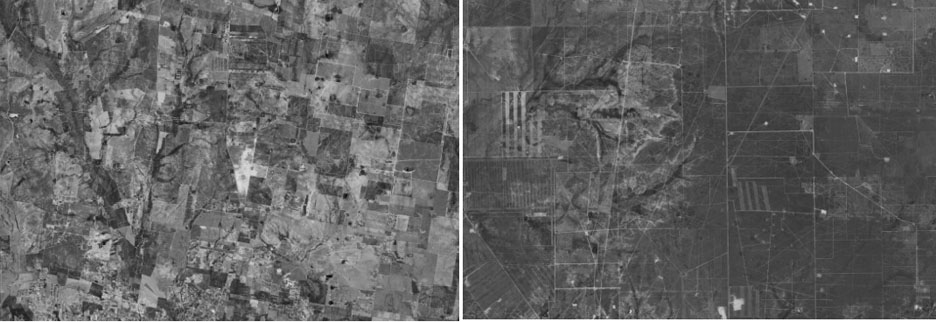
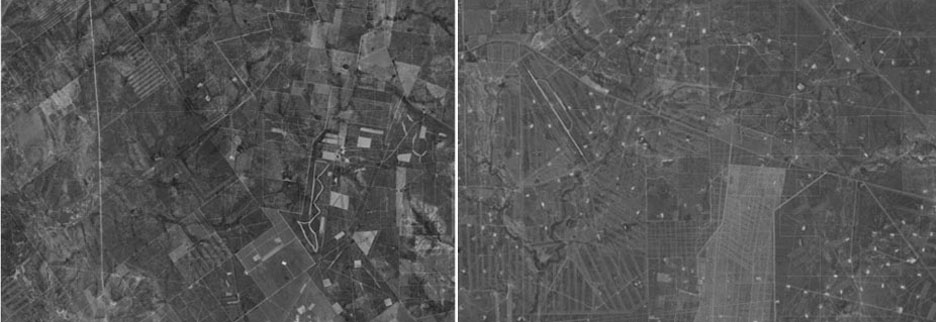
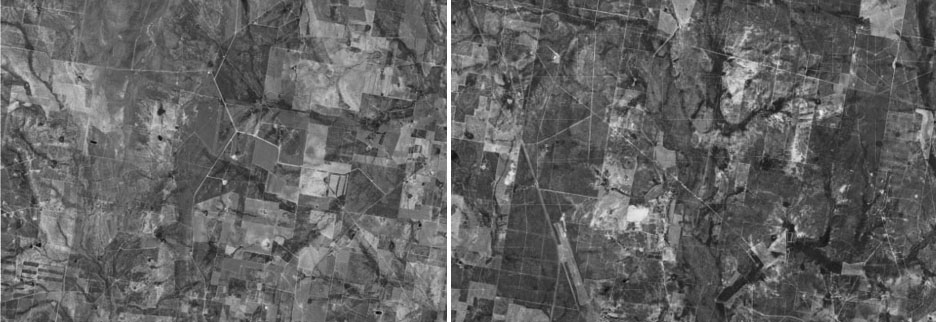
Clearing brushland in Texas using a small bulldozer
A common attachment used for clearing thorny brush is a root plow.
Root plowing removes thorny plants by cutting them below the ground level.
The thorny brush slowly comes back although more weakly. Much of the undergrowth does not, including most globular cacti such as Lophophora.
The land below was entirely rootplowed around 43 years ago (some more recently).
We were told that it used to contain Lophophora but does not any longer. The disappearance was assumed to be the result of overharvesting but we suspect that the rootplowing played a larger role.
Much of the plant life that one would expect to be here was still absent. We could locate no cacti other than scattered horse cripplers and an occasional Opuntia.
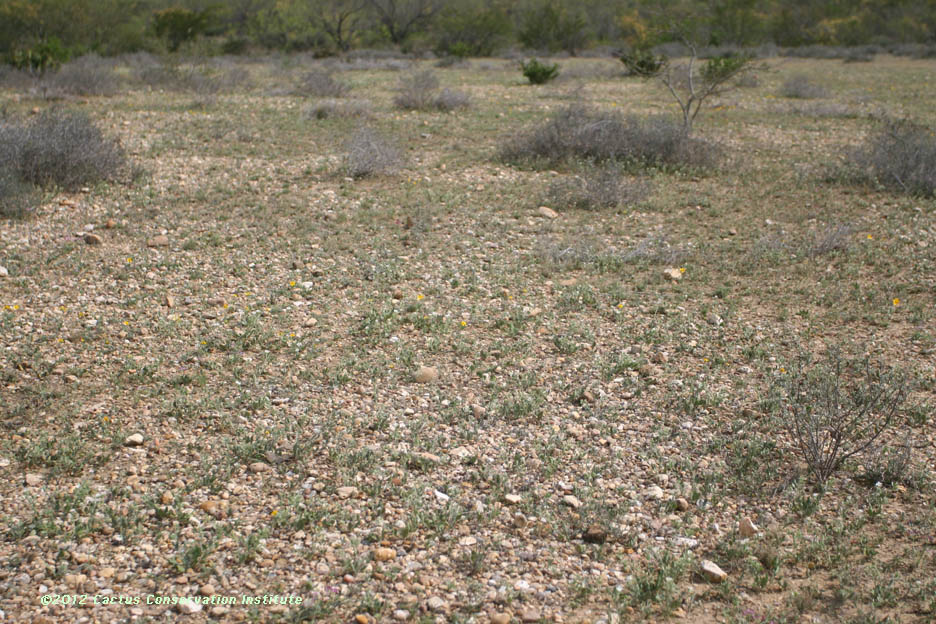
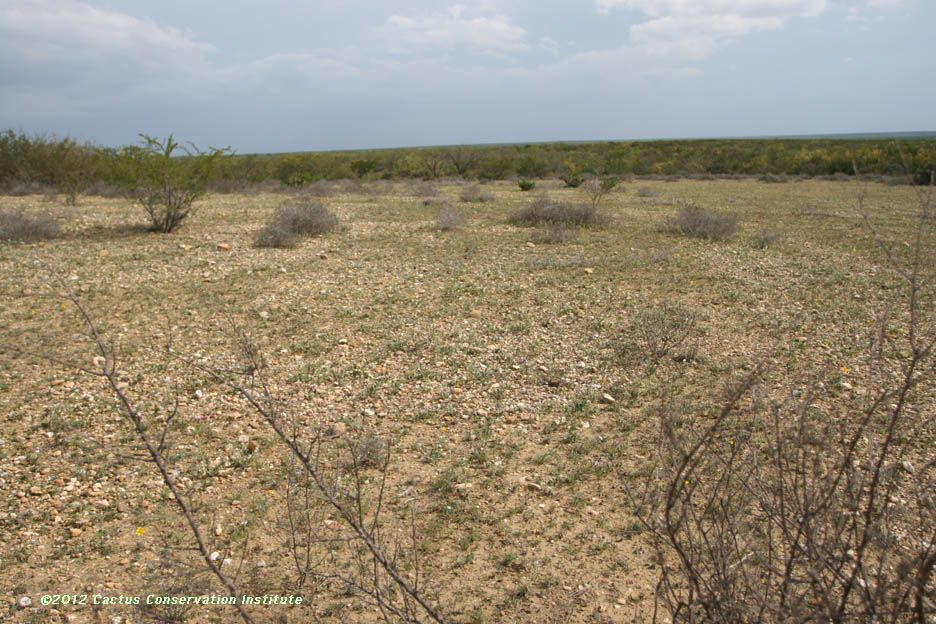
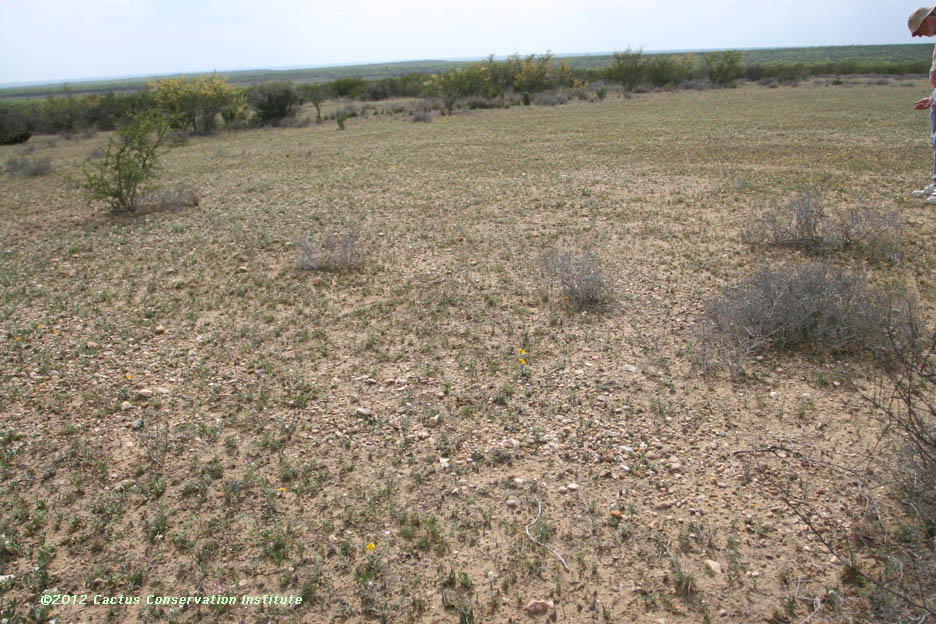
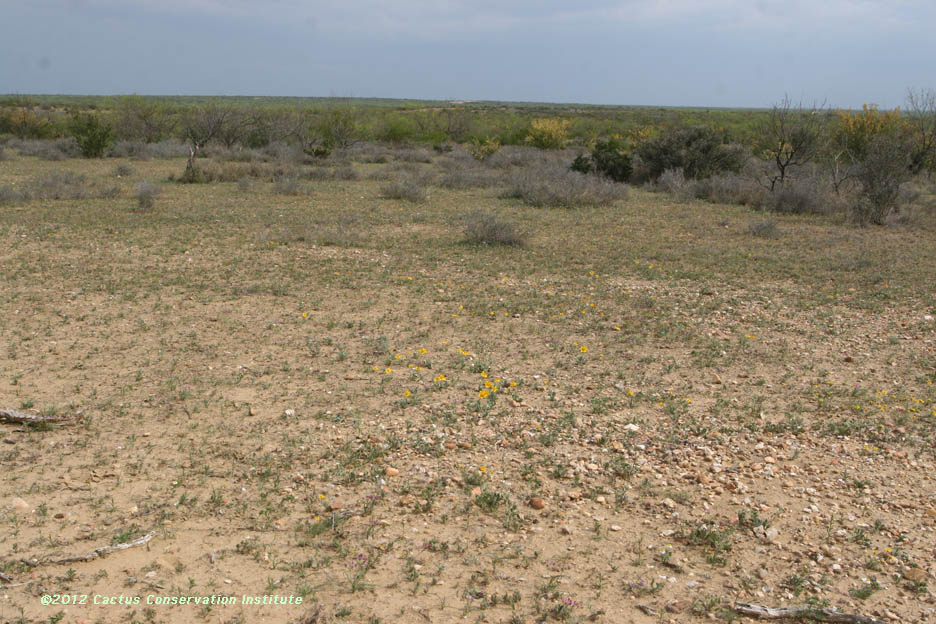
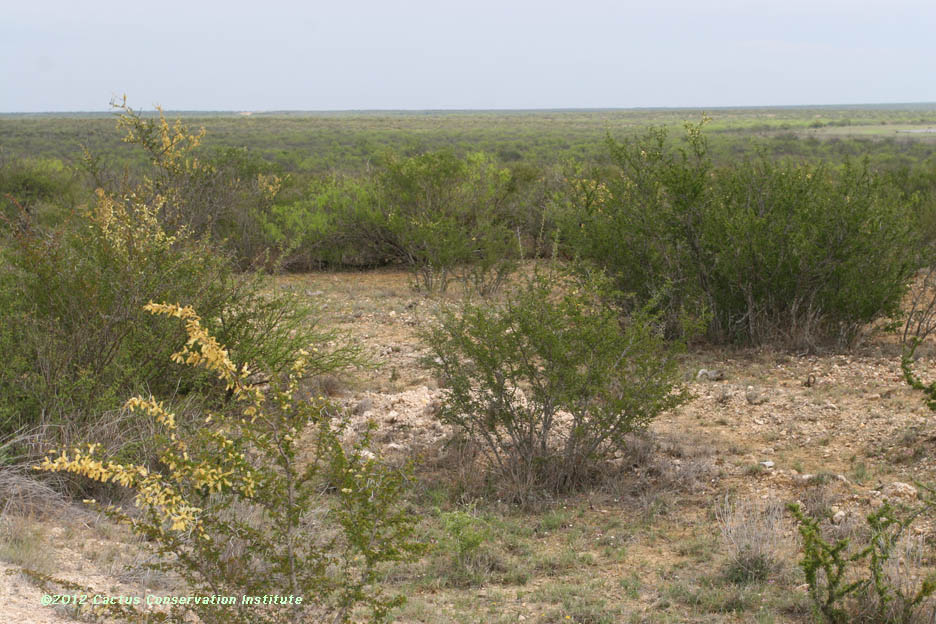
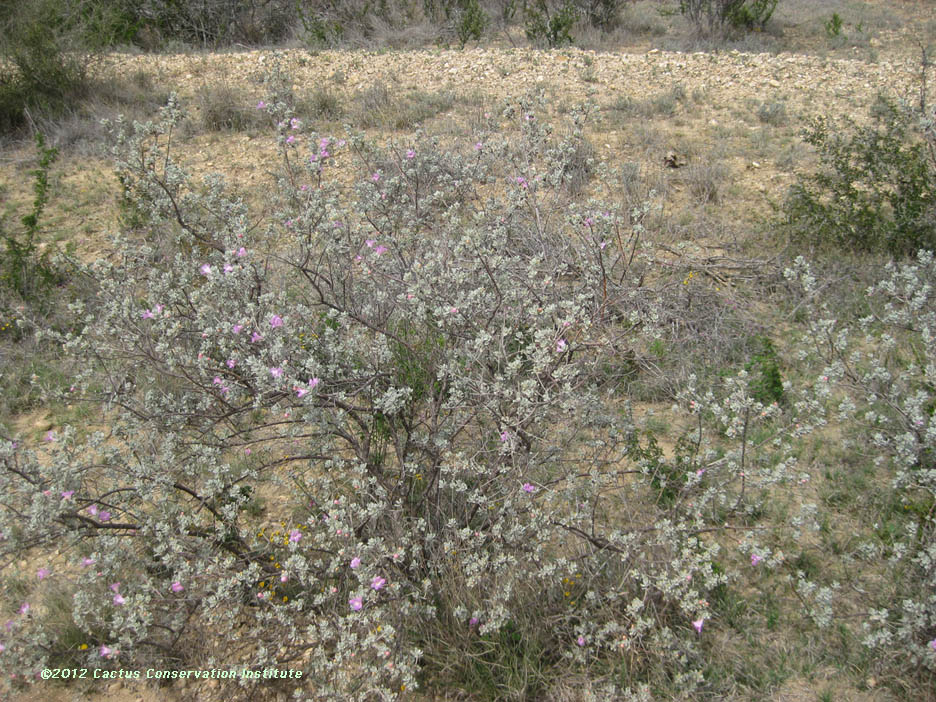
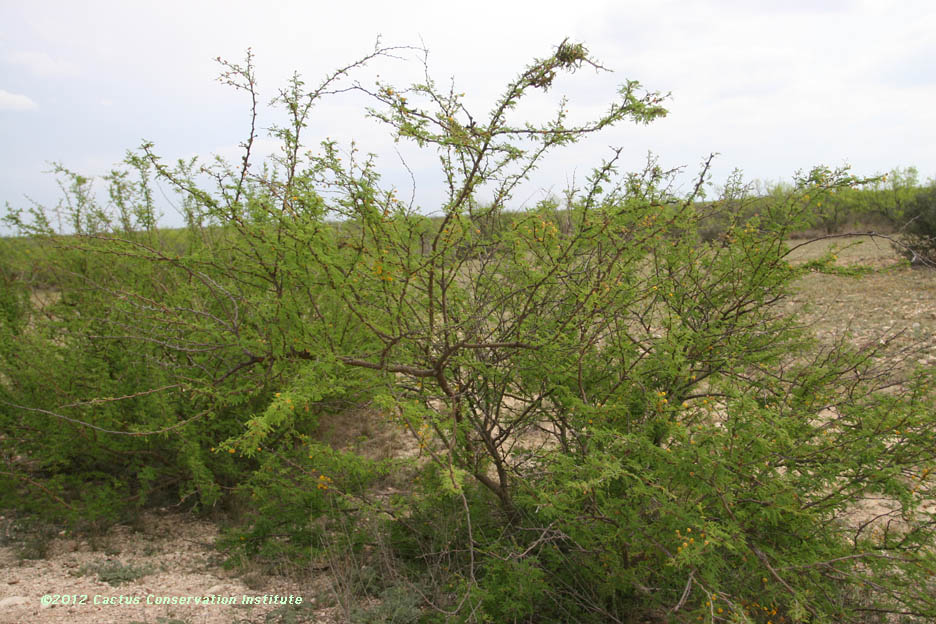
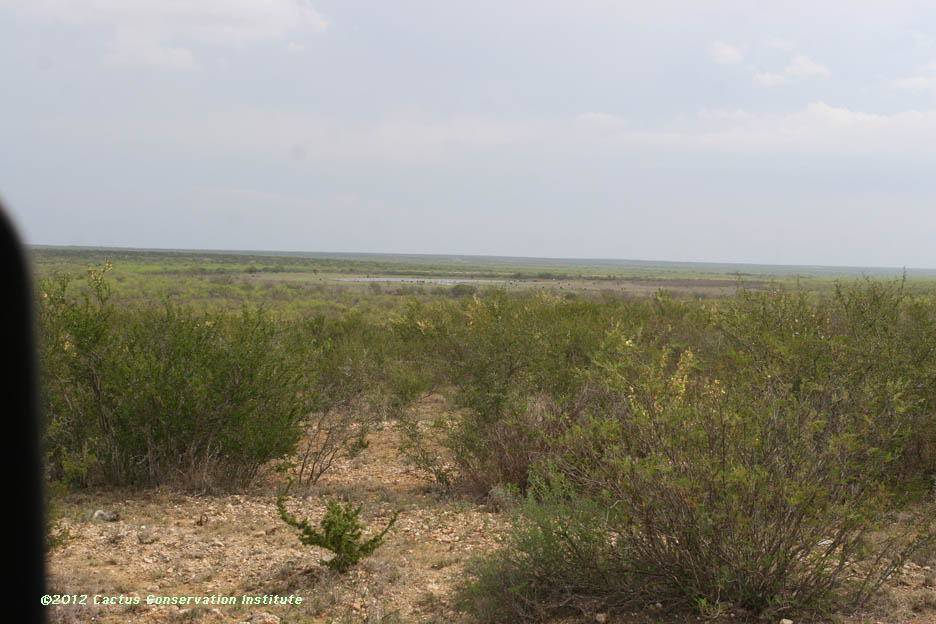
What is a root plow?
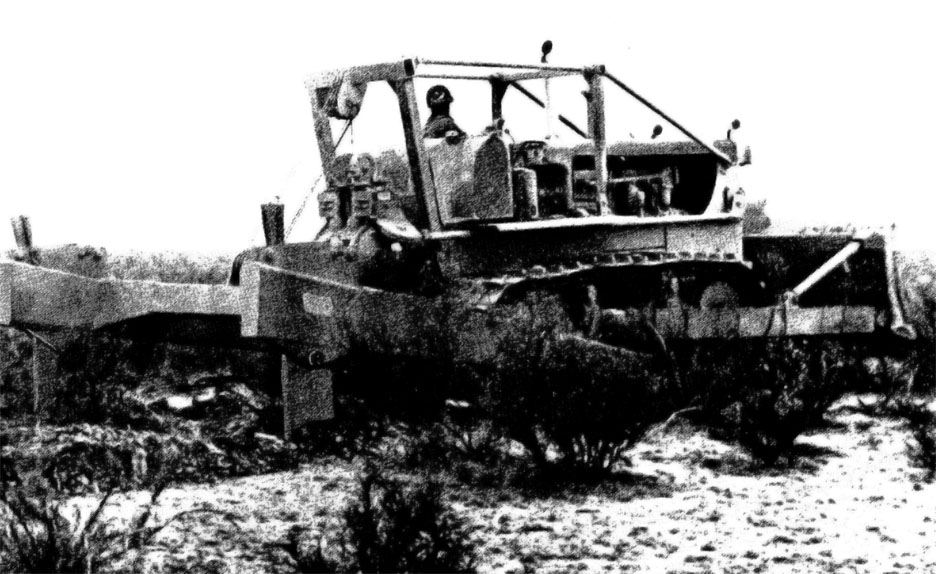
Above showing a trunnion-mounted root plow in action Below showing detail of a root plow raised above ground Both are from the US Army Field Manual 5-164 – “Tactical Land Clearing”
